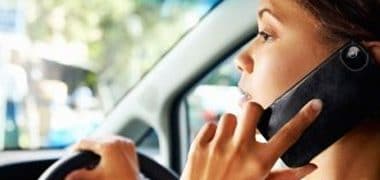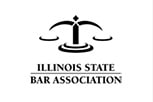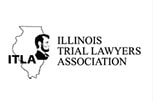Talking Hands-Free is Still Distracted Driving

When a driver loses control of a vehicle and causes an accident, distracted driving is often cited as the reason. Distracted driving can be a byproduct of adjusting a car radio, eating, applying makeup, or any other in-car multi-tasking. It can be a lot of things, but texting and talking on a cell phone are the primary focus of safety campaigns that hope to minimize the problem.
Technology has responded in recent years. Manufacturers offer a wide range of hands-free cell phone products. Cell phone users are encouraged to plug in microphones and Bluetooth earpieces while driving. Motorists can dictate voice activated text messages without touching a keyboard. Vehicle manufacturers developed Bluetooth technology applications that allow a driver to carry on a conversation via the car’s audio system. Hand’s free technologies should minimize distraction problems, but as an auto accident attorney Chicago will explain, distracted driving accidents prove it’s not that simple.
Texting looks like the big problem
Traditional talking and text messaging require a driver to hold a phone. Completing a message forces a driver’s attention away from the road to type on a keyboard. Back and forth texting conversations can destroy a driver’s concentration. Texting seems the obvious culprit. That’s why government and local law enforcement agencies have mounted texting safety crusades. Videos, brochure, and website campaigns, such as the U.S. Department of Transportation’s “U text. U drive. U Pay,” primarily target youthful drivers.
Decidetodrive.org shares information on distracted driving and highlights recent safety campaigns. The site also provides links to critical distracted driving statistics and information that may challenge what drivers know about texting and cell phone safety issues.
- At any moment during the day, 660,000 drivers are talking on cell phones, texting or using other electronic devices.
- When a driver traveling 55 mph takes their eyes off the road for 5 seconds, it’s the same risk as driving the length of a football field blindfolded.
- Twenty-five percent of teen drivers admit they respond to text messages each time they drive.
- A University of Michigan Transportation Research study showed that 10 percent of parents also participate in texting conversations while driving.
- A phone with a headset isn’t much safer than a handheld phone.
- Each visual-manual “sub-task” triples the risk of being involved in a crash.
Visual-manual sub-task?
A visual-manual (VM) sub-task is any interaction with a digital device that requires a driver to take hands away from the steering wheel and eyes from the roadway. It’s such an important distracted driving concept, a 2013 National Highway Traffic and Safety Administration report mentioned the term 939 times. “The Impact of Hand-Held And Hands-Free Cell Phone Use on Driving Performance and Safety-Critical Event Risk,” shared NHTSA digital device use research and the connection to unsafe driving.
Texting is high in crash risk factors because it’s rich with VM sub-tasks: holding the cell phone, reading a message, typing on a keyboard. Talking on a hand-held cell phone causes inattention to surroundings and also includes VM sub-tasks. Hand-held cell phone texting and talking are not the only digital devices that encourage these risky VM sub-tasks.
- Locating a cell phone when a call comes in
- Answering a hand-held cell
- Hand-held cell phone dialing
- Entering coordinates into a GPS
- Pushing to answer or disengage a Bluetooth call
- Plugging in a hand’s free listening device
- Internet browsing via digital devices
While the media focuses on texting while driving as a dangerous habit, a variety of non-texting digital tasks are getting a pass. It’s interesting to note that the state of Illinois bans texting while driving but the statute does not apply to “…a driver using an electronic communication device in hand-held or voice-activated mode.”
Distractions are Deadly
The National Transportation Safety Board has released its list of transportation concerns for 2016. The list includes “Disconnect from Deadly Distractions.” NTSB monitors all modes of transportation. The agency has seen the result of distracted driving in air, rail, bus, and highway transportation. Their report recognizes the role VM sub-tasks play in causing accidents.
NTSB acknowledges that humans have limited attention. The agency doesn’t just want commercial drivers, pilots, and conductors to give up hand-held and hands-free cell phones. They want all drivers to give up all digital devices that may require dialing, holding, typing or any visual-manual sub-task. NTSB includes unnecessary activities and communication on the list of deadly distractions that cause accidents. As the agency explains, this idea of a “sterile cockpit” is based on safety standards developed by the aviation industry.
Drivers are unlikely to give up their digital toys, but they should recognize the safety issues. As a Chicago auto accident attorney can explain, no device, hand-held or hands-free, can make up for inattentive driving. When drivers understand this, they can modify their behavior. They can pull over when they have to make a call or park their vehicles when their activities are likely to prevent safe driving.




